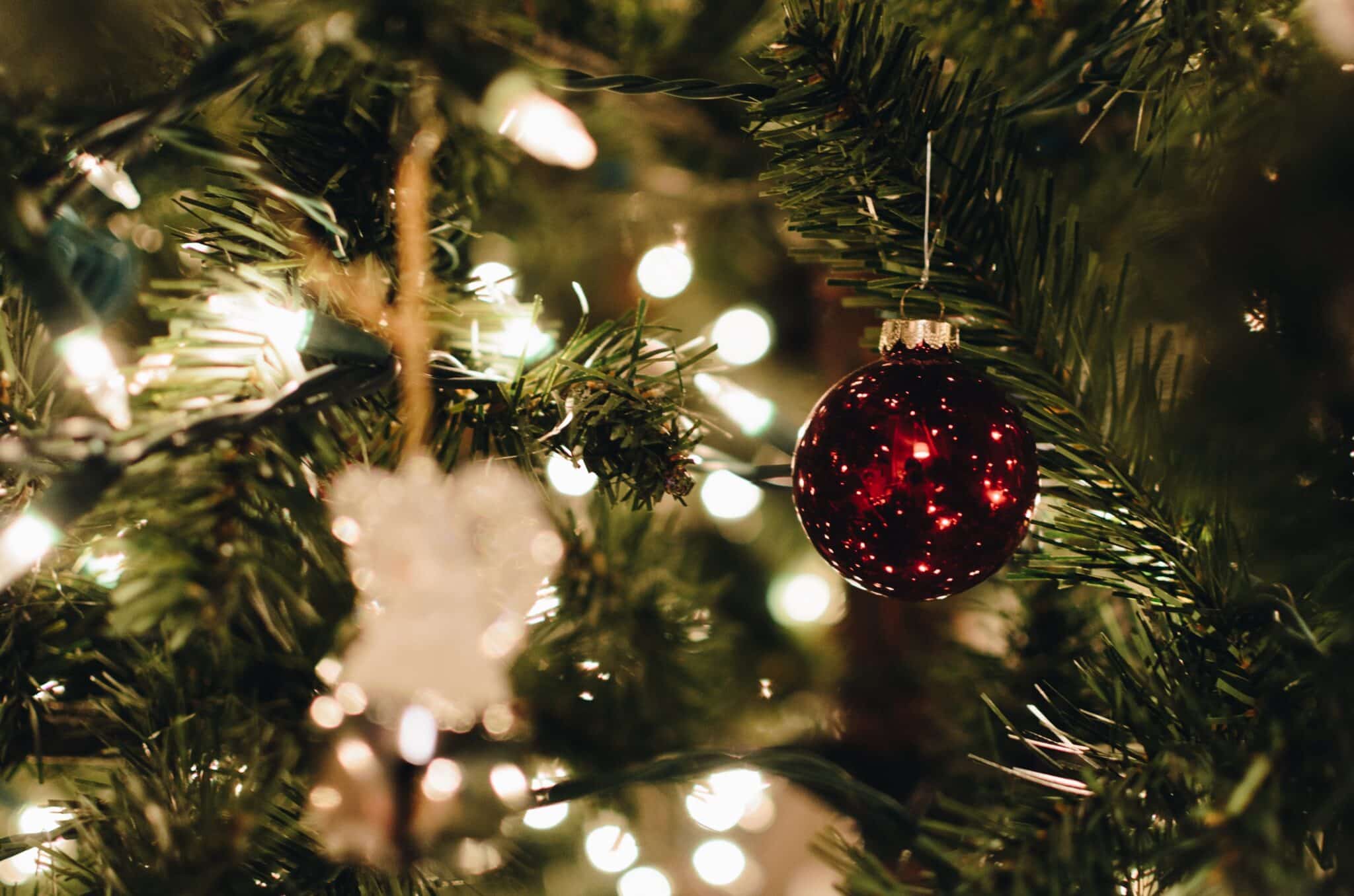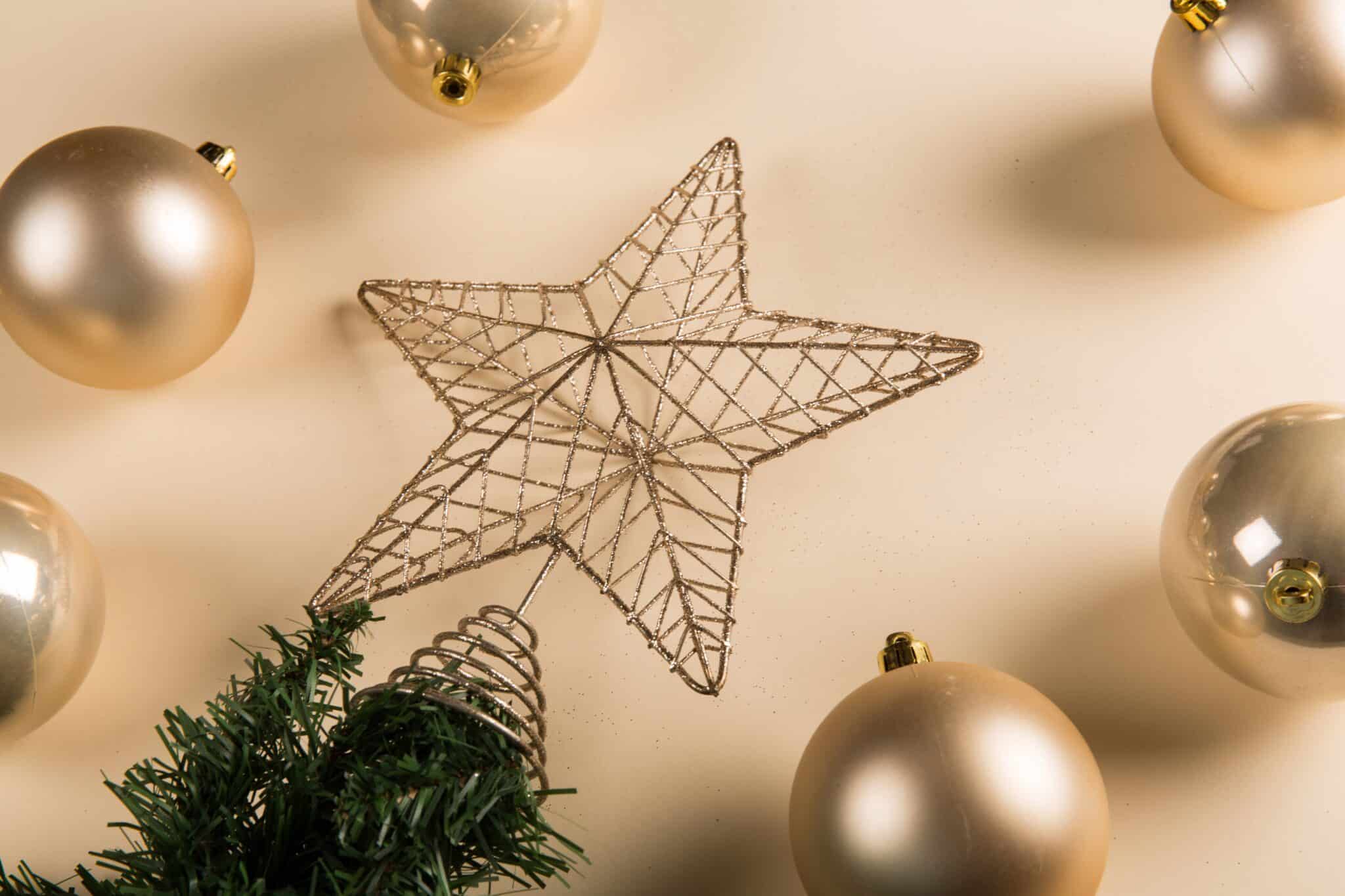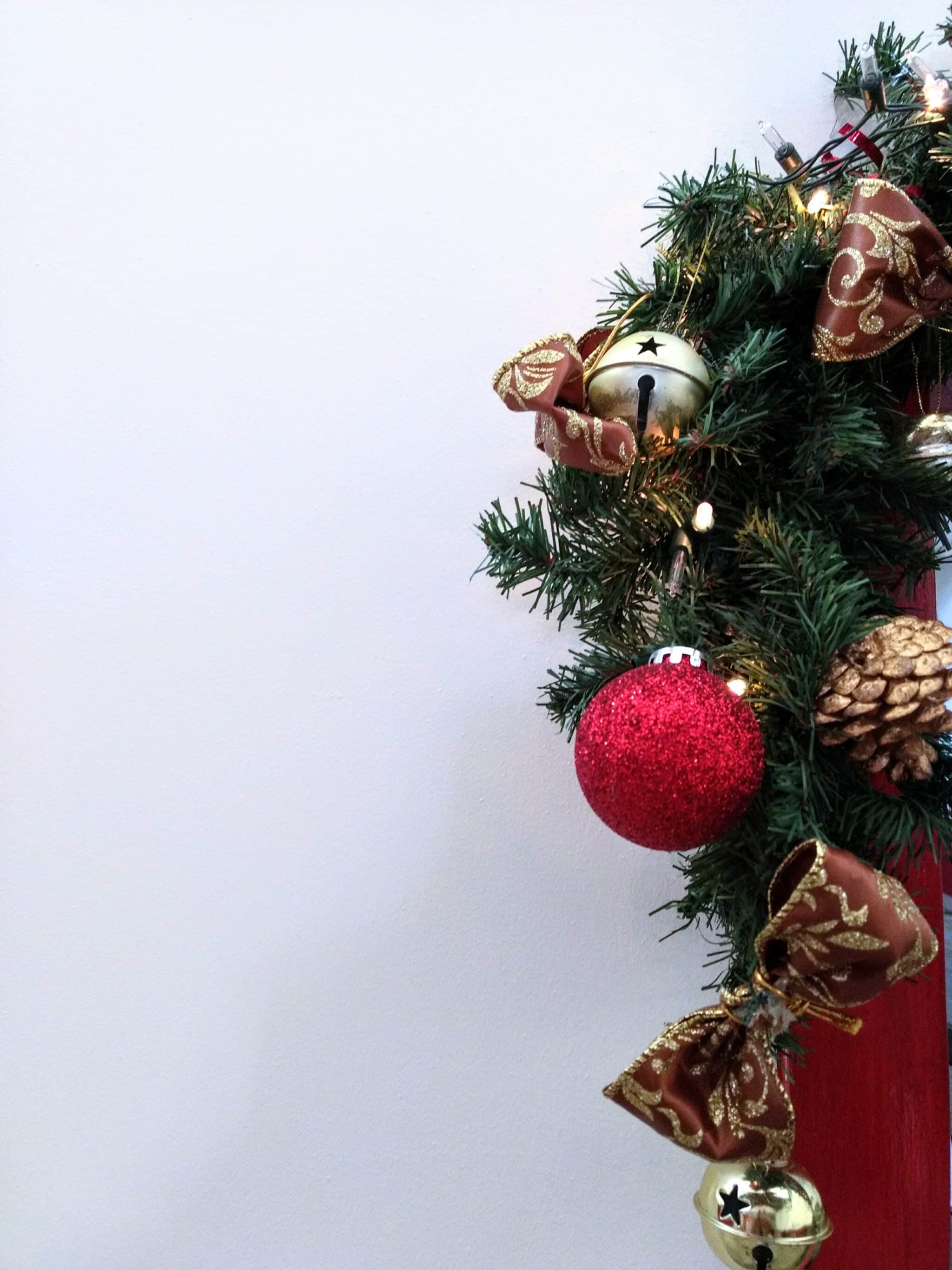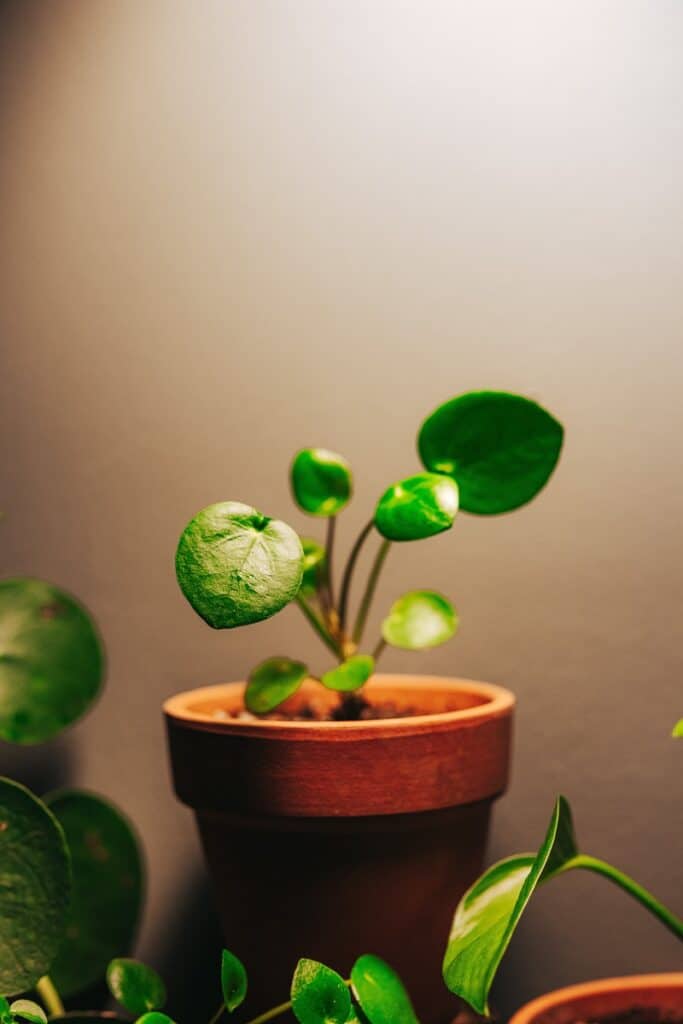Bring the festive spirit indoors with a potted Christmas tree! Discover compact options perfect for small spaces, adding cheer to your home this holiday season.
So, you got yourself a lovely potted Christmas tree and you’re excited to bring the festive spirit inside your home. But wait, you’re not quite sure how to safely and seamlessly transition your tree from the outdoors to the cozy indoors. Well, fret not! In this article, we’ll explore some simple yet effective tips on how to bring a potted Christmas tree indoors without any hassle. From preparing the tree to finding the perfect spot, we’ve got you covered every step of the way. Get ready to bring that holiday cheer to your living room!

Choosing the Perfect Potted Christmas Tree
When it comes to choosing the perfect potted Christmas tree, there are several considerations to keep in mind. One of the most important factors is the size and space available in your home. Measure the area where you plan to place the tree to ensure that it will fit comfortably without overwhelming the room. Additionally, consider the height of the tree and whether you want it to be the main focal point or a more subtle addition to your holiday decor.
Another crucial aspect to consider is the species of the tree. Not all trees are suitable for indoor environments, so be sure to select a species that can thrive indoors. Some popular options include Norway spruce, Fraser fir, and Douglas fir. These species are known for their ability to adapt to indoor conditions and retain their freshness throughout the holiday season.
Understanding the specific requirements of the tree you choose is also essential. Different species have different needs in terms of light, temperature, and humidity. Some trees may prefer a cooler environment, while others can tolerate warmer temperatures. Research the specific care instructions for your chosen tree to ensure that you can provide the optimal conditions for its health and longevity.
Preparing for Tree Arrival
Before your potted Christmas tree arrives, take some time to prepare your home to welcome it. Clear a dedicated space where you plan to place the tree, ensuring that there is ample room for it to stand upright without causing any obstructions. Remove any furniture or other items that may be in the way, creating a safe and open area for the tree.
Gathering the necessary supplies is also important in ensuring a smooth transition. Be sure to have a sturdy tree stand that is appropriate for the size of your tree, as well as any additional supports or anchors if needed. You may also want to consider having tree skirts or protective mats to catch any fallen needles and protect your floors. Other supplies such as pruning shears, a watering can, and tree food are also valuable to have on hand.
Additionally, it is crucial to ensure that the indoor climate is suitable for the arrival of the tree. Keep the temperature in the room within a range that is comfortable for both humans and the tree. Avoid placing the tree near heat sources such as radiators or fireplaces, as this can cause the tree to dry out more quickly. Providing a consistent temperature and humidity level will help the tree adjust to its new environment.

Transitioning the Tree Indoors
Once your potted Christmas tree has arrived at your home, it is important to properly acclimate it before bringing it indoors. This process allows the tree to gradually adjust to the new indoor environment, preventing shock and stress. Find a sheltered outdoor area, such as a porch or garage, where the tree can stay for a few days.
Monitor the tree closely during its initial adjustment period. Look for any signs of distress, such as wilting or yellowing needles, and take appropriate action if necessary. Providing adequate light is essential during this stage, as it helps the tree maintain its vitality. Place the tree in a location where it will receive ample sunlight or artificial light, ensuring that it gets the necessary energy to thrive.
Maintaining the Tree’s Health
To keep your potted Christmas tree healthy throughout the holiday season, it is crucial to establish a proper watering schedule and technique. Overwatering or underwatering can both be detrimental to the tree’s health, so it is important to find the right balance. Check the moisture level of the soil regularly and water the tree when the top inch feels dry to the touch.
In addition to watering, it is important to regularly check for any pests or problems that may impact the tree’s health. Common pests such as aphids, mites, and scale insects can infest indoor trees, so keep a close eye for any signs of infestation. If you notice any pests, take prompt action to eradicate them and prevent further damage to the tree.
Balancing indoor humidity is another key aspect of maintaining the tree’s health. Some species of Christmas trees prefer higher humidity levels, while others may tolerate drier conditions. To ensure the optimal humidity for your tree, you can use a humidifier or place a tray filled with water near the tree to increase moisture in the air.

Decorating Your Indoor Potted Christmas Tree
When it comes to decorating your indoor potted Christmas tree, there are a few important things to consider. First and foremost, choose decorations that are appropriate for the size and style of your tree. Large, heavy ornaments may overwhelm a smaller tree, while delicate ornaments can get lost on a larger tree. Opt for decorations that complement the overall aesthetic and size of the tree.
Consider the weight and balance of ornaments to prevent any damage or accidents. Place heavier ornaments closer to the trunk to ensure stability, and use lightweight ornaments on the outer branches. Be mindful of the overall weight distribution to avoid any potential strain on the tree’s branches.
When it comes to lighting your indoor potted Christmas tree, there are a variety of tips and suggestions to keep in mind. Start by choosing lights that are specifically designed for indoor use, as they are not only safer but also more suitable for the tree. Consider the color and brightness of the lights, as well as whether you prefer traditional string lights or newer LED options. Take your time to evenly distribute the lights throughout the tree, ensuring a balanced and visually appealing display.
Repositioning Your Tree
Sometimes, it may be necessary to reposition your indoor potted Christmas tree. Whether you want to change its location within the room or move it to a different room altogether, it is important to do so with care. To avoid causing any damage to the tree or your surroundings, enlist the help of another person to support the tree while you carefully move it.
When repositioning the tree, keep in mind its light needs. If you are moving the tree to a different area with different lighting conditions, ensure that it still receives the necessary amount of light to sustain its health. Be mindful of any potential stress or shock to the tree during the transition, and monitor it closely to ensure that it continues to thrive in its new location.
Managing the impact on the tree’s health is crucial when repositioning it. Take the time to inspect the tree for any signs of stress or damage after the move, and address any issues promptly. With proper care and attention, your potted Christmas tree can continue to bring joy and beauty to your home.

Post-Christmas Care for Your Potted Tree
After the holiday season comes to a close, it is important to take the necessary steps to care for your potted Christmas tree. Begin by removing all decorations safely and carefully. Gently store any delicate ornaments or decorations for future use, and dispose of any damaged or broken items. Make sure to remove all tinsel and garlands as well, as these can be harmful to the tree if left behind.
Reviving the tree post-holiday is another important aspect of care. Remove any dead or dry branches using pruning shears to encourage new growth and maintain the tree’s health. If your tree is pot-bound, meaning the roots have outgrown the pot, you may need to consider repotting or planting it in your garden.
Scheduling post-holiday watering and feeding is crucial to ensure the tree remains healthy. Adjust the watering schedule as needed, taking into account the moisture level of the soil. Additionally, consider using a balanced fertilizer specifically formulated for potted trees to provide the necessary nutrients for continued growth.
Planning for Future Use
If you wish to continue enjoying your potted Christmas tree beyond the holiday season, there are several options to consider. One option is to replant the tree in your garden. Be sure to choose an appropriate location that meets the tree’s requirements for light, soil, and space. Carefully remove the tree from its pot and transplant it, taking care to provide proper support and watering during the transition.
Another possibility is to keep the tree indoors as a houseplant. Depending on the species and your location, you may need to provide additional care such as pruning and regular fertilization. Research the specific needs of your tree to ensure that it can thrive in an indoor environment.
If neither of these options is feasible, you can store your potted tree for future use. Keep the tree in a protected area such as a garage or cool basement. Ensure that the tree is properly watered and monitored during its storage period to maintain its health and viability for future holiday seasons.
Understanding Common Challenges
While caring for your potted Christmas tree, you may encounter some common challenges. One such issue is leaves dropping or browning. This can be caused by various factors, including inadequate watering, improper light conditions, or even natural shedding. Adjust the watering schedule, ensure proper light exposure, and monitor the overall health of the tree to address this issue.
Overwatering is another challenge to be aware of. It can lead to root rot and other fungal diseases that can harm the tree. To avoid overwatering, check the moisture level of the soil regularly and only water when necessary. Ensure that the pot has proper drainage to allow excess water to escape.
Dealing with pests is another potential challenge when caring for a potted Christmas tree. Aphids, mites, and scale insects are common pests that can infest indoor trees. Regularly inspect the tree for any signs of infestation, such as curled leaves, sticky residue, or small crawling insects. If you identify any pests, take appropriate action to eradicate them and prevent further damage to the tree.

Health and Safety Considerations
When bringing a potted Christmas tree indoors, it is important to consider health and safety precautions. If you have pets, ensure that the tree is safe from their reach. Some pets may be tempted to chew on the branches or knock over the tree, so take steps to prevent this by using barriers or deterrents.
Fire hazards are another concern when decorating your indoor potted Christmas tree. Ensure that all lights and electrical connections are in good condition and properly rated for indoor use. Avoid overloading electrical outlets and never leave the tree unattended while lights are on. Additionally, keep the tree away from open flames or heat sources to minimize the risk of fire.
Promoting general tree health is crucial to ensure its long-term vitality. Regularly check the tree for any signs of distress or disease and take prompt action if necessary. Providing proper nutrition, light, and moisture will help the tree thrive and bring beauty to your home for many holiday seasons to come.




